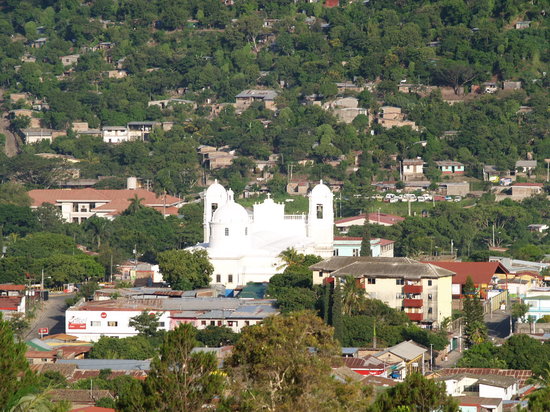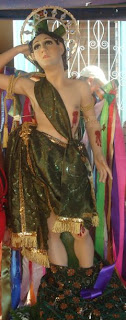The city of Granada is the capital of the departamento (equivalent to a province for Canada or state in the USA) of Granada. Located about 40 km from Managua, founded in 1524 by Francisco Hernandez de Cordoba. It was one of the first cities formed in America, unlike other cities that claim the same distinction, the city of Granada was not only the settlement of the conquest, but also a city registered in official records of the Crown of Aragon, and the Kingdom of Castile in Spain.
You may wonder why Granada called The Great Sultan, La Gran Sultana?
This is due in reflection of its Moorish and Andalusian appearance.
(Andalusia is a city in southern Spain).
You may wonder why Granada called The Great Sultan, La Gran Sultana?
This is due in reflection of its Moorish and Andalusian appearance.
(Andalusia is a city in southern Spain).
The following is a quick preview of Granada and its beauty.
http://youtu.be/0ZVzbnXKsVY
Granada is a a city not only recognized for its history, architecture, churches, arts and crafts.
But every February it host an international poetry festival, where more than 100 poets from various cultures and countries gather in Granada and provide public
readings of their work in Granada’s squares, halls and parks. There are nightly
dances, parties and live music at this annual poetry festival. For more info about this festival please visit: http://www.festivalpoesianicaragua.com/english/
Attractions in Granada:
 |
| Cathedral, photo courtesy of TripAdvisor |
Granada's Cathedral
Located right on the central plaza, the Cathedral of Granada is a bright yellow
neoclassical church originally built in 1583, and destroyed in the 19th century,
only to be rebuilt again in the early 20th century. The interior of the church
features three naves and four chapels and extensive stained glass windows.
 |
| Photo courtesy of TripAdvisor |
Central Park (Plaza Central, or Parque Central)
The
Central Park is where you can find a quick view of what Granada is all about,
beautiful colonial buildings, shops, restaurants, arts and crafts and much
more.
The
central Plaza is always alive with activity, from live music to outdoor
festivals and outdoor parties.
 |
| carriage ride photo courtesy of TripAdvisor |
Carriage ride:
This is one of the nicest and relaxing way to see Granada.
Lots of carriages available by the Central park. Rides usually last from 30 minutes to an hour. The route will is usually through the old colonial houses and other important landmarks like: San Francisco Convent or Guadeloupe Church.
Zip Line
Cables that go through the rainforest trees on the side of Mombacho Volcano. I've heard that Canopy Tours is a reputable company but remember buyer beware. Granada is a very touristy place, so talk to other tourists about their experience, word of mouth is precious and can save your life.
The
highest point of the volcano is 1400 meters.
The volcano offers scenic hikes, a
canopy tour, and amazing views. Mombacho Volcano can be access from Granada or Managua. The top of the Volcano is a virgin "cloud forest" which is teeming with wildlife including howler monkeys, pumas and sloths.
 |
| Photo courtesy of TripAdvisor |
There is an option of spending the night at the lodge at the top and taking a night tour. A much cheaper (but a fairly intense workout) to hike to the top. If you have access to a four-wheel drive vehicle you can take it to the top on a well-maintained road. This is also cheaper than paying for a ride from the park service. If you are not comfortable with driving up steep inclines, do not attempt driving this on your own! This info was obtained from TripAdvisor posted Feb. 2012.
Isletas de Granada (Little Islands of Granada):
 The
Isletas consist of 365 small islands that are a result of an eruption
of the volcano Mombacho.
The
Isletas consist of 365 small islands that are a result of an eruption
of the volcano Mombacho. The islands are home to different animals and plants. Some people live on the islands and you will find restaurants and other attractions such as Kayaking.
The Isletas are not far from the city center: about 10 minutes tops by car, 20 minutes by bike or an hour walking.
There are also small charger planes that may take you on a ride.
References:
USA Today, Travel: http://traveltips.usatoday.com/three-major-cathedrals-granada-nicaragua-1121.html
ViaNica: http://vianica.com/nicaragua/practical-info/1-introduction.html
NicaTour: http://www.nicatour.net/es/granada/granada-nicaragua.cfm









